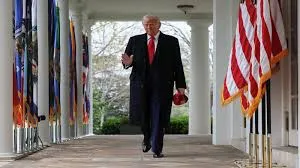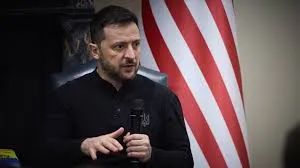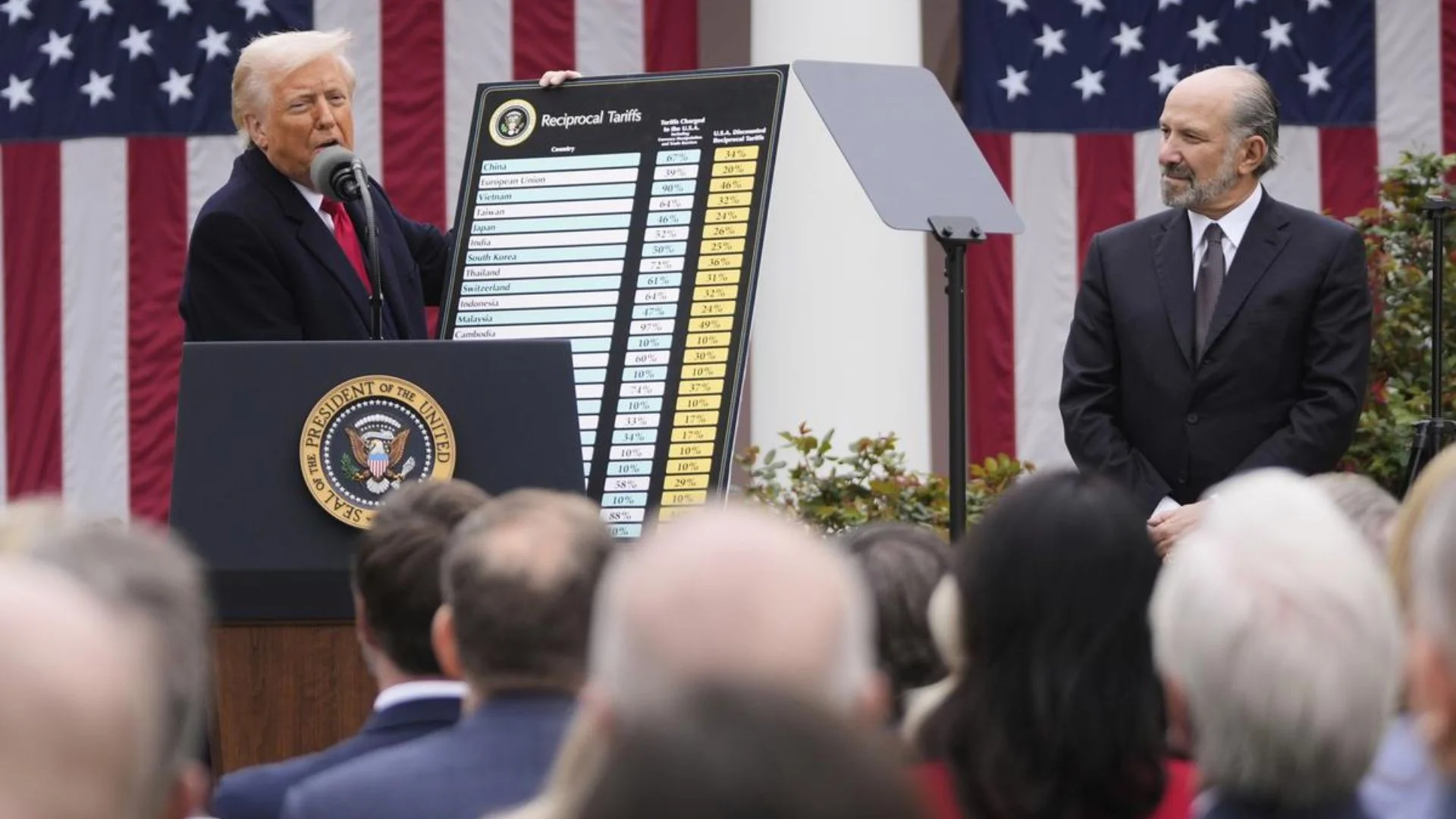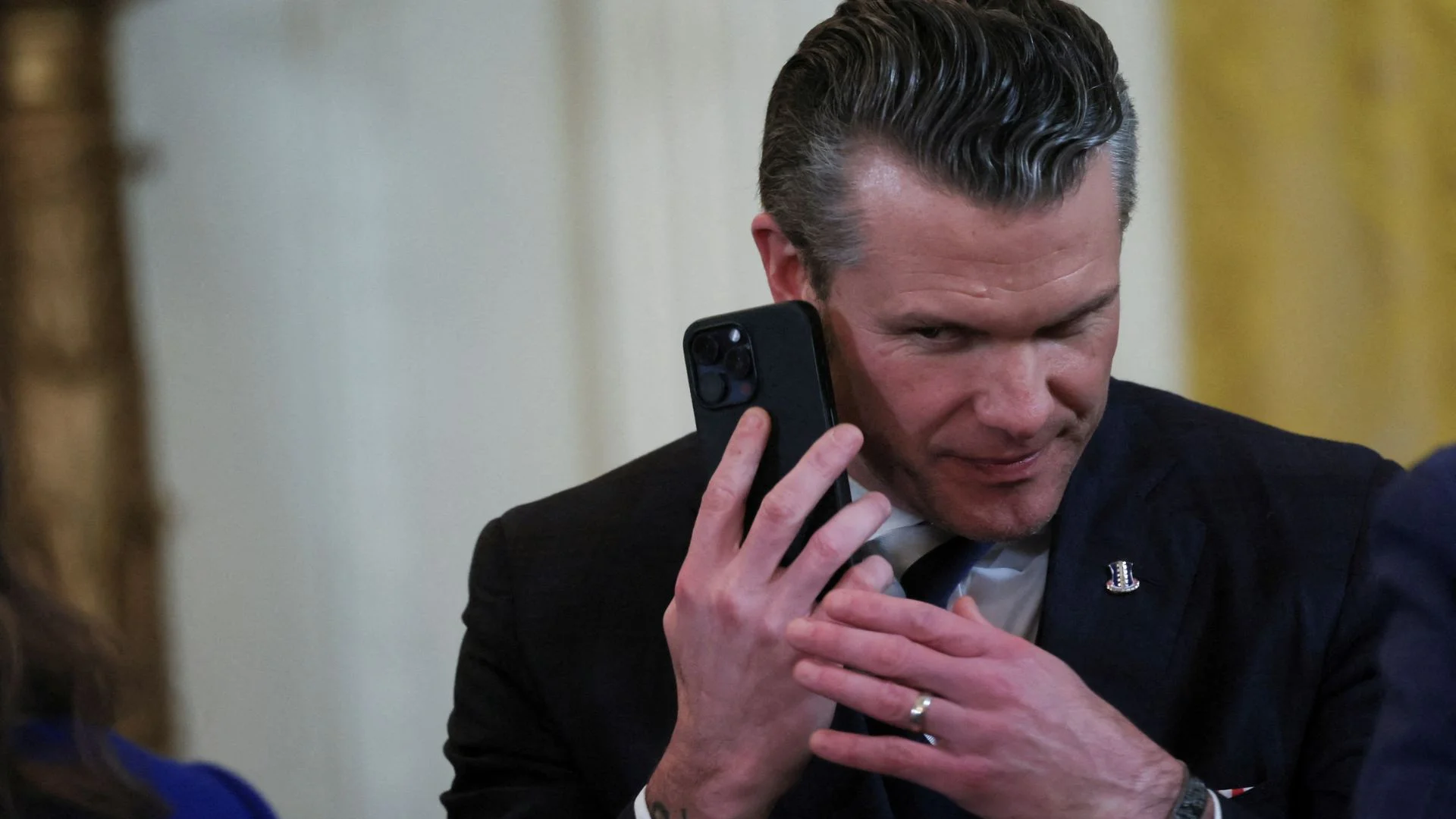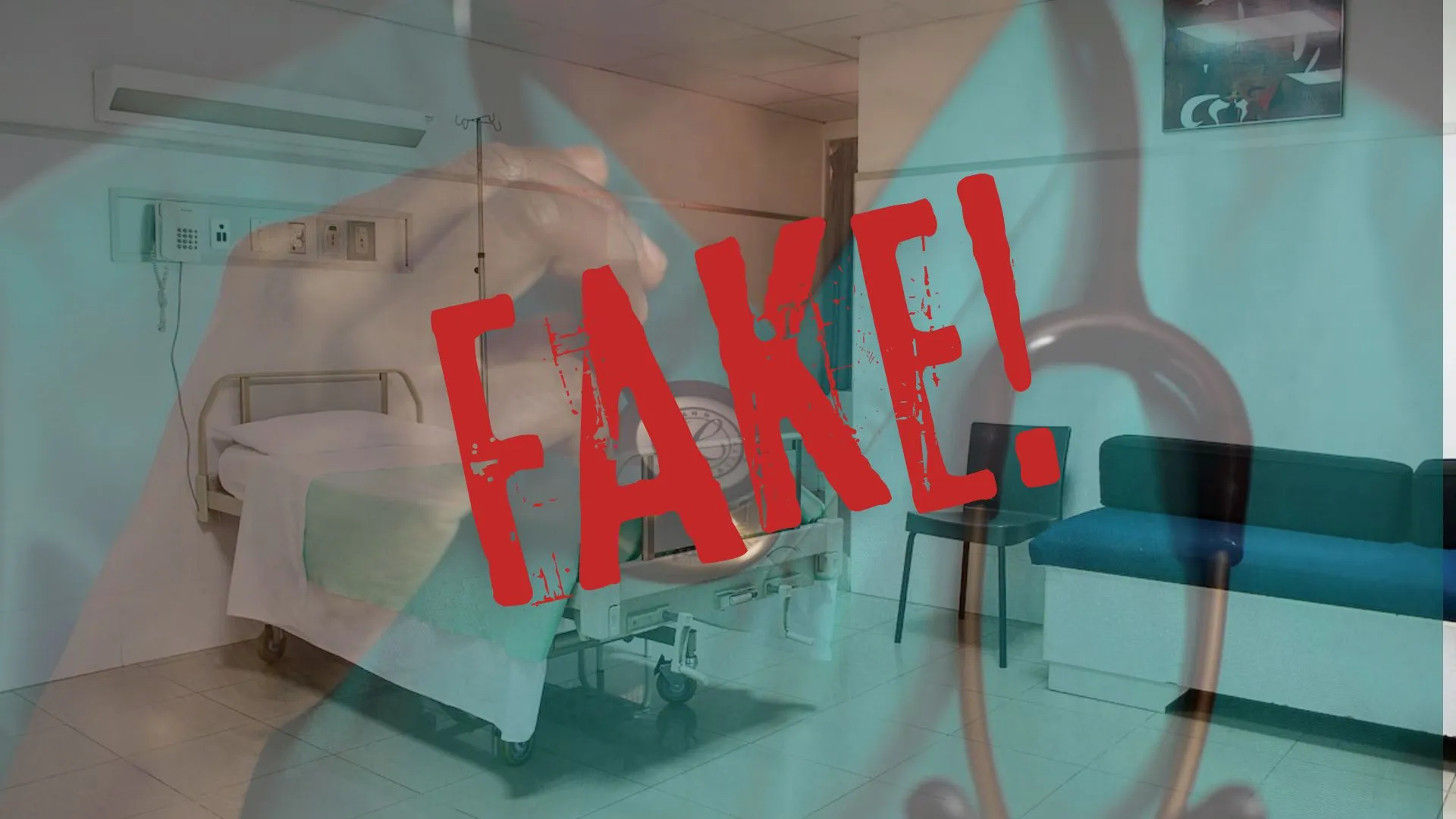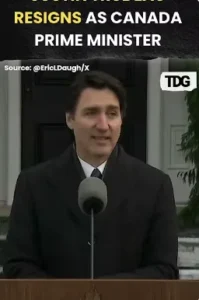After US President Donald Trump’s “Liberation Day” address, officials in affected countries are considering the effect of the newly rolled-out retaliatory tariffs. But what caught people’s eyes was the statistical information presented on a plaque that Trump was holding in his address.
In the announcement, Trump clarified: “For countries that have treated us not so well, we will be calculating the total rate of all their tariffs, non-monetary barriers, and other cheating.” He added that the tariffs imposed would be “about half of what they have been and are charging us.”
Trump invoked national emergency authority to impose a 10% tariff on all US imports. Trump also applied increased tariffs to some 60 countries or trade blocs that had large trade deficits, including the European Union and China, which now pay 34% and 20%, respectively.
Internet Cracks the Math
Social media quickly caught on to a pattern in the calculation of the tariff rates. Several noted that the new tariff rates seemed to be based on dividing a country’s US trade deficit into that country’s exports to the US.
Accelerate FT CEO and CIO Julian Klymochko of investment firm blasted Trump’s strategy as the ‘biggest economic blunder of all time’. He wrote in a tweet on X that ‘tariffs imposed on the USA’ are not tariffs at all but “the US trade deficit divided by US imports from the country.” He described the rationale behind these so-called reciprocal tariffs as ‘incomprehensible’.
Note that the “Tariffs charged to the U.S.A.” are not tariffs at all
They are the U.S. trade deficit divided by U.S. imports from that country
For example:
Trade deficit with China ($295.4 billion) / US imports from China ($438.9 billion) = 67%
Europe: $235.6 / $605.8 = 39% pic.twitter.com/13JSrtzk68
— Julian Klymochko (@JulianKlymochko) April 2, 2025
Flexport CEO Ryan Petersen had come to the defense of the trade deficit hypothesis, sharing a chart that compared the expected tariff rates based on this formula with the actual imposed tariff rates. Meanwhile, commentator Brian Krassenstein called the tariff logic ‘the stupidest thing he has ever seen’.
Flexport’s team was able to reverse engineer the formula the Administration used to generate the “reciprocal tariffs.”
It’s quite simple, they took the trade deficit the US has with each country and divided it by our imports from that country.
The chart below shows the… pic.twitter.com/01bUpfKgk8
— Ryan Petersen (@typesfast) April 3, 2025
This guy cracked the tariff formula:@orthonormalist
It’s simply the nation’s trade deficit with us divided by the nation’s exports to us.
Yes. Really.
Vietnam: Exports 136.6, Imports 13.1
Deficit = 123.5123.5/136.6 = 90% pic.twitter.com/fDOMoQwzKt
— Geiger Capital (@Geiger_Capital) April 2, 2025
URGENT: Trump’s tariff figures have absolutely nothing to do with reciprocal tariffs.
His numbers are almost all just the approximate % difference in trade balance.
For example:
– U.S. Exports $27.6B to Malaysia and Imports $52.5B from Malaysia = $24.9B imbalance.… pic.twitter.com/dQHfUpX9fj
— Brian Krassenstein (@krassenstein) April 3, 2025
Impact of New Tariffs on the US Economy
The new tariffs would raise an estimated $600 billion a year, the biggest tax hike since World War II, according to White House trade adviser Peter Navarro. Treasury Secretary Scott Bessent told lawmakers that the tariffs would be capped and negotiable downward by other nations, according to Rep. Kevin Hern’s office.



